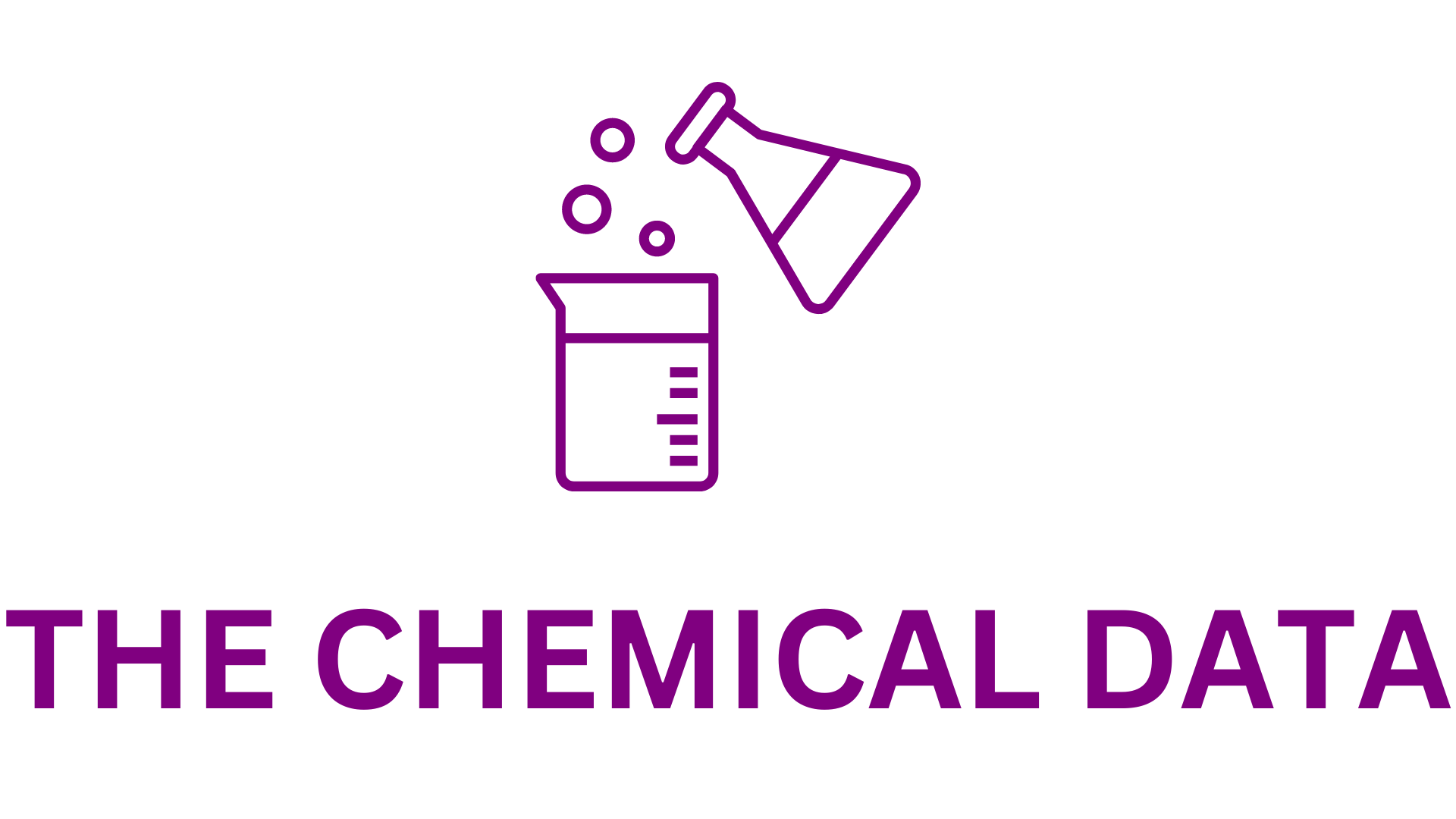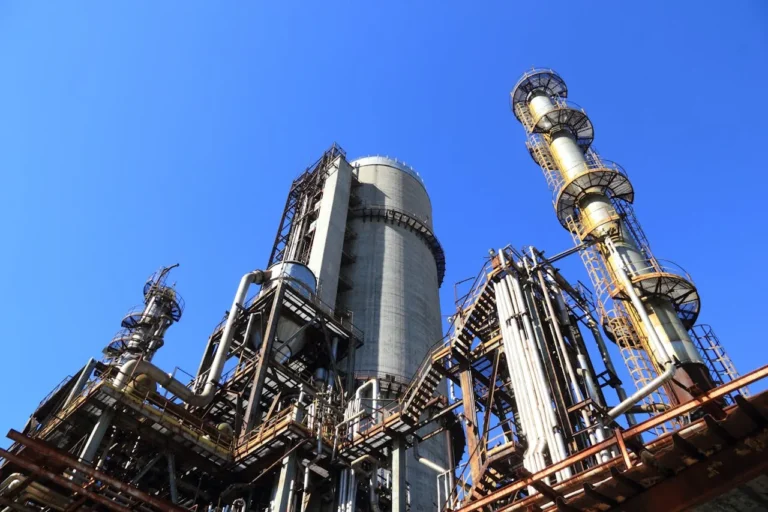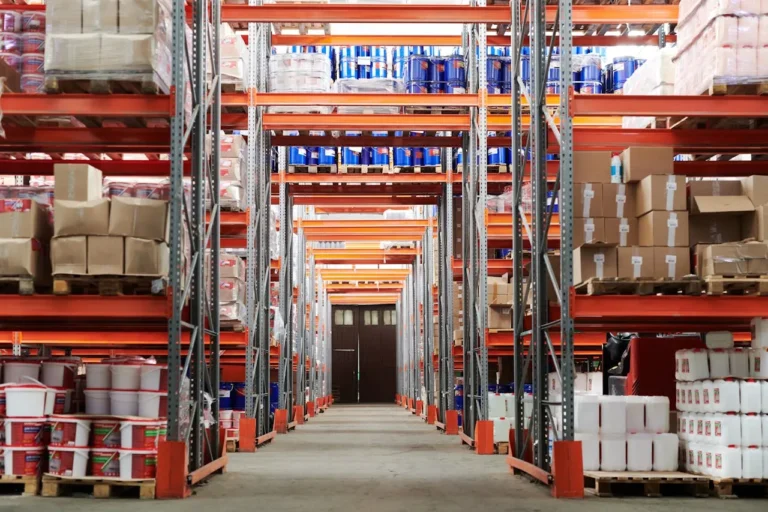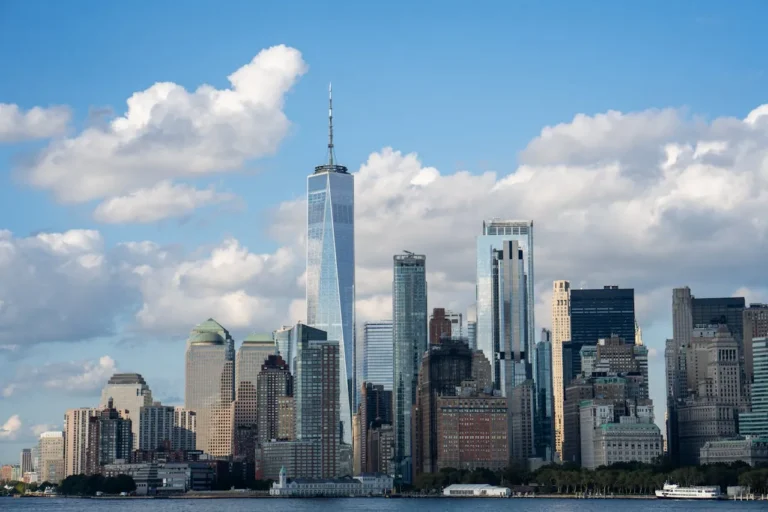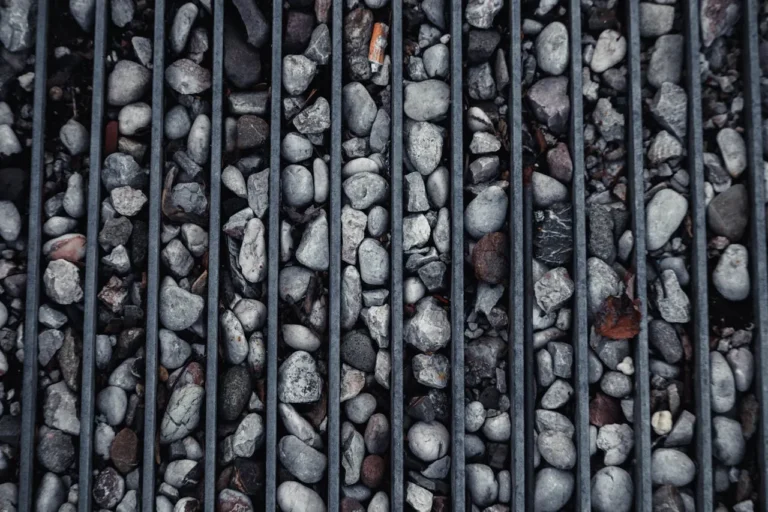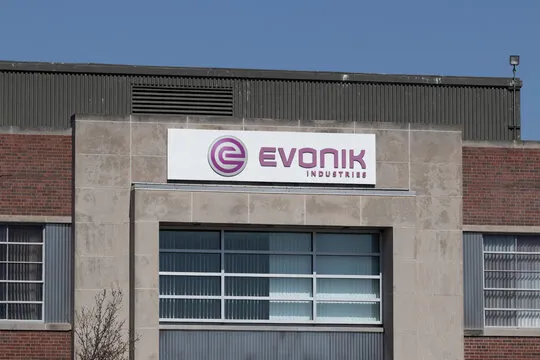
Evonik Transitions All Global Epoxy Curing Agent Plants to 100% Renewable Electricity in Major Sustainability Drive
Evonik, a global leader in specialty chemicals, has taken a significant leap forward in its sustainability strategy by transitioning all of its epoxy curing agent production sites to operate entirely on electricity sourced from renewable resources. This milestone affects major production plants operated by the Crosslinkers business line across five strategic global locations—Marl in Germany, Clayton in the United Kingdom, Isehara in Japan, Los Angeles in the United States, and Singapore.
The decision represents a major step in Evonik’s journey toward environmental responsibility and long-term climate goals. By converting these facilities to 100% renewable electricity, Evonik estimates a reduction in Scope 1 and Scope 2 carbon emissions by roughly one-third each year. This change supports the company’s broader goal of cutting its greenhouse gas emissions by 25% by 2030, with an ambitious target of achieving climate neutrality by 2050.
This decision to use green electricity for the production of our epoxy curing agents globally is another strong step in our sustainability journey,” stated Tobias Winkler, Global Sustainability Manager at Evonik Crosslinkers. “By transitioning to renewable energy sources, we are not only reducing carbon emissions but also paving the way for innovative practices that align with our long-term climate goals.”
This strategic shift is part of a comprehensive set of measures Evonik has undertaken to embed sustainability deeply into its operations. Over the past year, the company’s Crosslinkers business line has made considerable progress in securing access to renewable power, including trading green electricity certificates and entering into renewable electricity supply agreements. These efforts have culminated in the full conversion of its global epoxy curing agent production sites to green power.
Sustainability at the Core of Business
Evonik’s epoxy curing agents play a critical role in a wide range of industries. These include the coatings and construction sectors, as well as high-performance applications such as advanced composite materials and industrial adhesives. The environmental impact of these end-use industries makes it even more imperative that upstream producers like Evonik lead by example in minimizing carbon footprints.
Christina Walkosak, Senior Vice President of Epoxy Curing Agents at Evonik, emphasized the business value of the transition alongside its environmental impact.
“We will continue to enhance our sustainable offerings, solidifying our position as a reliable, long-term partner for the epoxy industry,” said Walkosak. “By adopting renewable electricity in our epoxy production plants globally, we not only reduce carbon emissions but also meet our customers’ demand for increased sustainability, significantly advancing Evonik’s environmental objectives.”
In a global market where clients and partners increasingly prioritize environmental credentials, this move positions Evonik as a leader in responsible chemical manufacturing. Customers are seeking partners that align with their own ESG (Environmental, Social, Governance) goals, and Evonik’s leadership in sustainable operations helps ensure long-term collaboration and trust.
From Commitment to Execution: A Holistic Approach
Evonik’s transition to 100% renewable electricity at its epoxy curing agent facilities is not an isolated initiative, but part of a broader company-wide strategy. Sustainability is embedded at every level of the organization—from R&D to production, logistics, and final product delivery.
In addition to renewable electricity adoption, Evonik has committed to science-based targets and is improving energy efficiency, optimizing resource utilization, and driving innovation in environmentally friendly products and technologies. This transformation reflects the company’s strong belief that economic success and environmental responsibility are not mutually exclusive but can be mutually reinforcing.
Tobias Winkler noted the operational rigor and dedication required to implement such a large-scale transition.
“Reaching 100% renewable electricity across multiple sites and continents is no small feat,” said Winkler. “It involves close coordination with local utility providers, long-term strategic planning, and careful navigation of regional regulatory environments. We’re proud to demonstrate that a multinational chemical operation can implement meaningful change in a relatively short timeframe.”
Impact on Scope 1 and 2 Emissions
In climate reporting, Scope 1 emissions refer to direct emissions from owned or controlled sources, while Scope 2 emissions are indirect emissions from the generation of purchased energy. By powering the epoxy curing agent plants with renewable energy, Evonik significantly reduces the need for electricity generated from fossil fuels, which traditionally account for a substantial portion of industrial Scope 2 emissions. The impact on Scope 1 emissions, while somewhat more limited in this specific context, is also expected to be positive due to integrated energy optimization.
Reducing these emissions is essential in meeting global climate agreements such as the Paris Agreement, and aligns with emerging regulatory frameworks that require greater transparency and accountability from industrial emitters.
A Global Milestone with Local Impacts
Each of the five production sites plays a vital role in regional supply chains, serving local customers with high-quality epoxy curing agents tailored to market needs. The transition to renewable electricity ensures that these facilities maintain high performance while significantly lowering their environmental footprint.
- Marl, Germany: As one of Evonik’s largest and most technologically advanced production hubs, Marl sets the standard for operational excellence. Its transition to green power reinforces Germany’s national push for decarbonization.
- Clayton, UK: The U.K. has ambitious climate targets, and Evonik’s initiative supports the country’s commitment to reducing industrial emissions, while boosting local green electricity markets.
- Isehara, Japan: With Japan’s renewed focus on carbon neutrality by 2050, Evonik’s green transition helps support regional policies and customer expectations in the Asia-Pacific market.
- Los Angeles, USA: Located in a region known for environmental regulation, the Los Angeles facility’s shift to renewables reflects the increasing demand for sustainable practices within the American industrial base.
- Singapore: As a hub for international trade and innovation, Singapore provides an ideal environment for showcasing sustainable chemical manufacturing in Southeast Asia.
Beyond the Plant: Driving Innovation Through Sustainability
Evonik’s commitment to sustainability goes beyond simply switching energy sources. The company is investing in R&D to develop next-generation curing agents and crosslinkers that offer better environmental profiles. This includes lower VOC (volatile organic compounds) formulations, products designed for recyclability, and solutions optimized for lower energy consumption during end-use.
These innovations are not just better for the planet; they also offer performance and cost advantages to customers, strengthening Evonik’s competitive edge.
Corporate Responsibility and Vision
Evonik Industries, headquartered in Essen, Germany, is active in more than 100 countries worldwide and generated €15.2 billion in sales with an adjusted EBITDA of €2.1 billion in 2024. The company employs approximately 32,000 people, all driven by the common mission to deliver innovative solutions that improve quality of life while supporting industry and environmental progress.
“Our commitment to sustainability is not only a responsibility—it’s a strategic imperative,” said Walkosak. “As we move forward, we will continue to invest in sustainable practices, digital transformation, and smart manufacturing technologies to ensure that our operations remain future-proof.”
